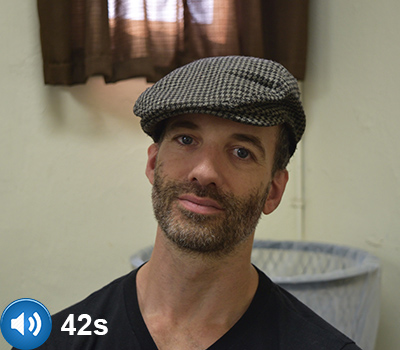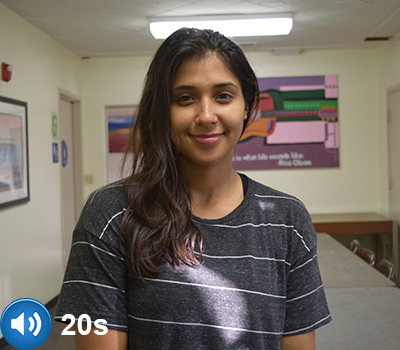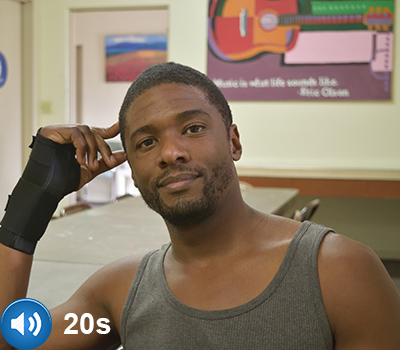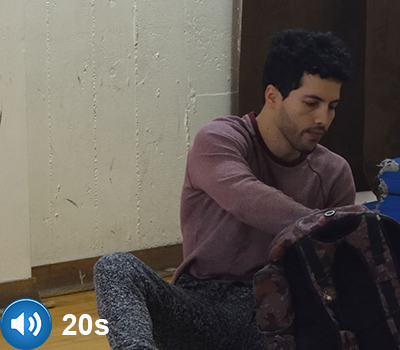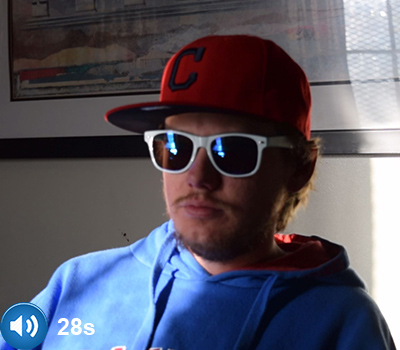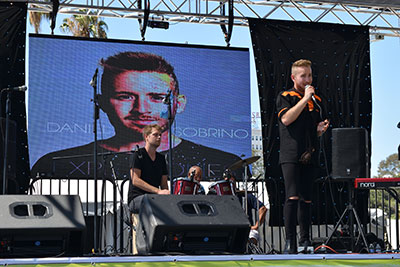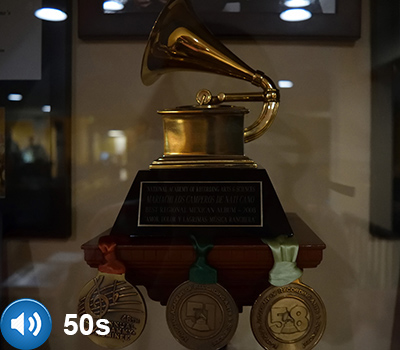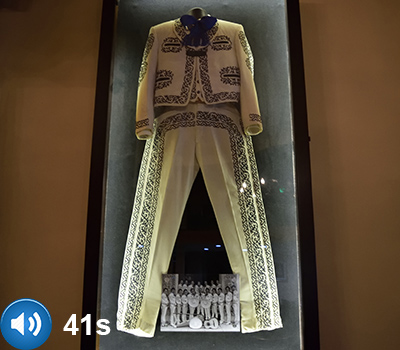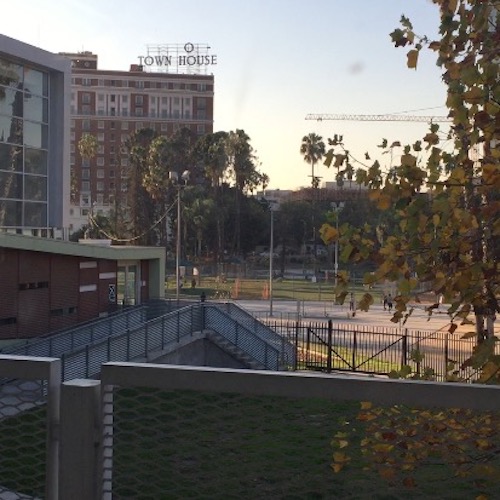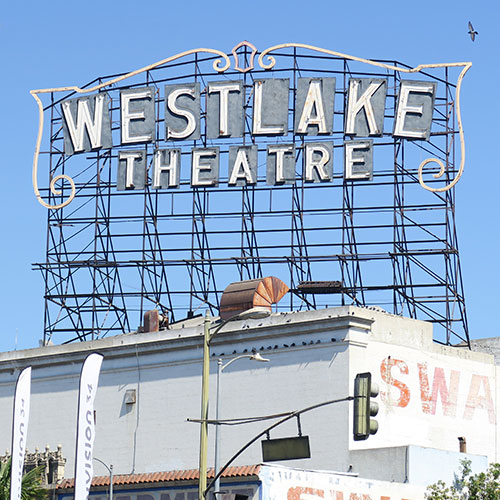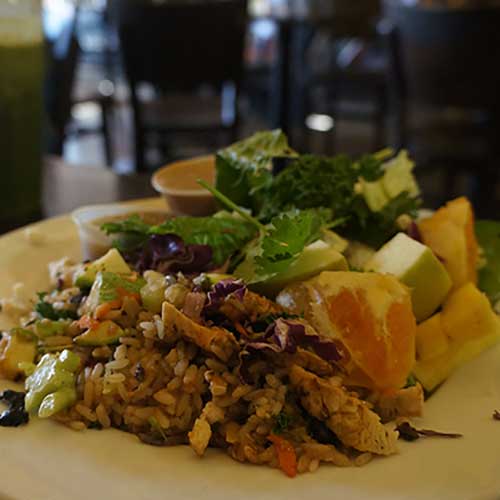Dance and hip-hop in the park
One nonprofit is building a community of dancers and artists right in MacArthur Park.
Eric Nishimoto, a break dancer and president of nonprofit hip-hop collaborative JUICE, explains what JUICE does for the community. He breaks down the different styles of break dancing and what it means to him and even shows off some moves of his own.
Every Saturday afternoon precisely at noon, the doors to the MacArthur Park Community Center are unlocked. After a few minutes, people begin to trickle in. Within about an hour, music is blasting from the second floor, and the dance floor in the multipurpose room has started to fill up.
This is Justice by Uniting in Creative Energy, otherwise known as JUICE, a nonprofit “hip-hop collaborative,” as president and director Eric Nishimoto calls it.
"It's a place where there's peaceful healing and just a place where one can express themselves in the way that they want to," Nishimoto said.
JUICE offers a free space for people of all ages to come and experience the different elements of hip-hop, including DJ-ing, emceeing, break dancing and graffiti art. On the dance floor, break dancers are doing head spins and windmills and teaching each other new moves. A DJ has set up all his equipment in the corner, the source of that blasting music. Out in the hallway, others are painting on canvas or doodling graffiti on pieces of paper. In a small room to the side, people are rapping and creating hip-hop beats.
"You experience the amazing energy of hip-hop and just meet a variety of really wonderful people from all different backgrounds," Nishimoto said.
These people are what make JUICE a tight-knit community. Every time another dancer walks in, they are greeted with hugs and high-fives. Everyone laughs and jokes among each other, taking turns to show off new moves.
People come to JUICE from across Los Angeles and even across the world. DJ Seedless, a music producer and break dancer, said that JUICE attracts such a diverse population because it is something unique, even among the vibrant art community in LA.
"A lot of people in the world, they want to come here to Los Angeles and visit JUICE and see it because this is something that's special, it's not something that you can just find around the corner," Seedless said.
Gilyon "Gil" Brace-Wessel, a break dancer and graffiti artist, said the diversity and sense of community in JUICE is beautiful.
"You have these experiences with people that really tie you together," Brace-Wessel said.
Brace-Wessel also said that the hip-hop community reflects the diversity of cultures, ethnicities and nationalities in LA.
Walking around the MacArthur Park area, it is easy to see what he means. The sounds of Spanish and English mix together in the air, and several different races and nationalities mix together on the streets – the same way they do in the second floor dance room in the MacArthur Park Community Center on a Saturday afternoon when JUICE arrives.
Hear more from DJ Seedless about JUICE and how hip-hop has impacted his life:

